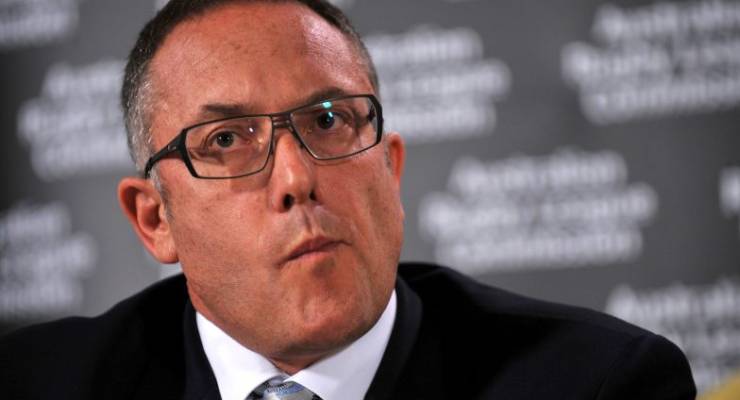
Foxtel is an evolving financial black hole for News Corp despite being the country’s Pay TV monopoly for years. Foxtel is losing money at a rate of more than $8 million a week, losing subscribers at the rate of more than 1,000 a week and can’t strike a deal to rollover US$1.4 billion in debt.
Documents filed with the ASX and US SEC confirm that the mooted solution of moving deeper into streaming video to try and meet the challenge from Netflix, Stan and others threatens to further damage the company’s already weak financial position.
Most notably, the filing undermines the finances of the new future strategy of turning Foxtel into a streaming business through Foxtel Now and sports service Kayo. It reveals that streaming will cut Foxtel’s average revenue per user (ARPU) by “60 to 70%” compared to the old broadcast model to householders.
Streaming is a catch 22
The key measure of financial health in a subscription TV business — average revenue per user — will be slashed by the new business model dependent on Foxtel Now. With Foxtel Now’s ARPU estimated to be 60-70% below that of broadcast, if Foxtel replaced all broadcast subscribers with streaming subscribers then the company’s ARPU of $78 a month, would be cut to less than $40 a month.
Similarly, if the Kayo sports streaming service maintains its current solid growth in subscriber numbers, its $25 a month fee will place additional downward pressure on revenue. The more Foxtel is successful in moving to a streaming based service, the less financially strong it will be with revenue draining away, losses mounting and pressure on News to bail it out with a capital injection instead of a $300 million loan.
Failing financials
The data in the filing is the most detailed and comprehensive on Foxtel’s finances and subscriber numbers ever released. It doesn’t make for pleasant reading.
According to the filing, Foxtel had an operating loss of $417 million in calendar 2018, a loss of $268 million in the 2017-18 financial year, and an operating profit of $269 million in 2016-17. Revenue fell from $3.36 billion in 2016-17 to $3.14 billion in 2017-18. Subscription and advertising revenues fell as well.
But the big worry is the slump in subscriber numbers. Broadcast subscriber numbers (the core customer group for Foxtel) fell 211,000 from 2016-17’s 2.40 million to $2.19 million at the end of December, 2018. That’s a 9% fall and at the ARPU of $78 a month that’s around $200 million a year.
The rise in Foxtel Now — 714,000 at May 8, up from 132,000 in 2016-17 — and Kayo — up from 72,000 at the end of December 2018 to 305,000 at May 8 — hasn’t been enough to step the loss in revenue from broadcast subscribers and a 12% or $43 million slide in ad revenues.
Foxtel is in a worse financial state than other local legacy media groups such as Seven West Media, Nine/Fairfax, Southern Cross or even Ten. Throw in its still-shrinking local newspaper operations and it is clear the only business keeping News’ head above the water in Australia is its 61% owned REA group, the leading property website operator.
What is telling with the $300 million lent by News is that Telstra, a 35% shareholder in foxtel, didn’t contribute to the shareholder loan. Telstra knows a black hole when it sees one.








Crikey is committed to hosting lively discussions. Help us keep the conversation useful, interesting and welcoming. We aim to publish comments quickly in the interest of promoting robust conversation, but we’re a small team and we deploy filters to protect against legal risk. Occasionally your comment may be held up while we review, but we’re working as fast as we can to keep the conversation rolling.
The Crikey comment section is members-only content. Please subscribe to leave a comment.
The Crikey comment section is members-only content. Please login to leave a comment.